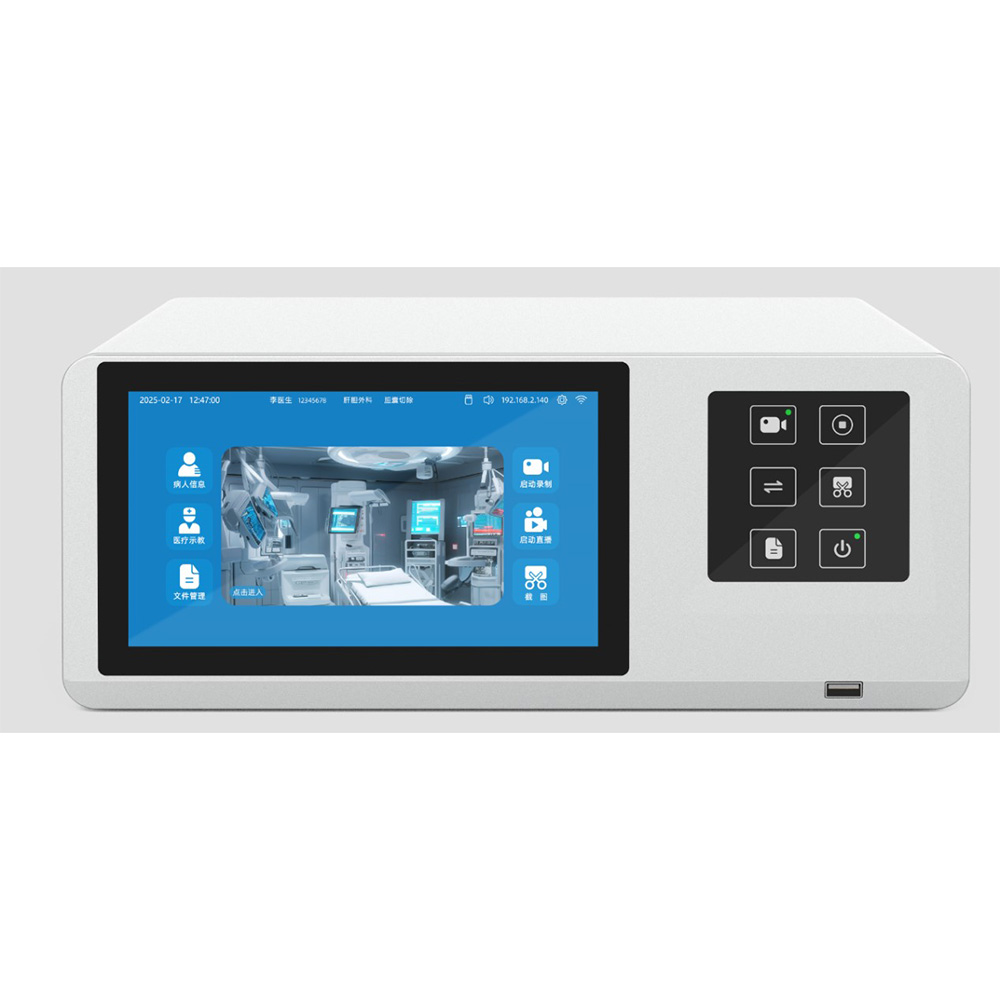Detailed Introduction to the Standard SIP Framework Protocol for smart medical imaging system
The Session Initiation Protocol (SIP) is a standardized application-layer control protocol defined by the Internet Engineering Task Force (IETF) for initiating, modifying, and terminating real-time interactive communication sessions—such as voice calls, video conferences, instant messaging, and multimedia distribution—over IP networks. Its core standards are primarily specified in a series of IETF Request for Comments (RFC) documents, ensuring interoperability across different vendors, devices, and networks. Below is a detailed breakdown of its key standard components and specifications:
These documents establish the basic definition, architecture, and operation logic of SIP, serving as the "cornerstone" of the protocol standard.
-
RFC 3261 (SIP: Session Initiation Protocol):
Published in June 2002, this is the most critical foundational document. It replaces the earlier RFC 2543 (1999) and comprehensively defines SIP’s:
- Core purpose: Controlling session establishment/termination rather than transmitting media data (media is handled by protocols like RTP/RTCP).
- Architectural model: Including core entities (User Agents, Proxy Servers, Registrar Servers, Redirect Servers) and their roles.
- Message structure: Mandatory header fields (e.g.,
From, To, Call-ID, CSeq), request methods (e.g., INVITE, ACK, BYE), and response codes (e.g., 200 OK, 404 Not Found).
- Session description: Integration with SDP (Session Description Protocol, defined in RFC 4566) to negotiate media types (audio/video codecs), ports, and network addresses.
-
RFC 4566 (SDP: Session Description Protocol):
Though not a SIP-specific RFC, SDP is a mandatory companion standard for SIP. It formats session metadata (e.g., "this session uses H.264 video and G.711 audio") so communicating parties can agree on media parameters. SIP embeds SDP messages in the body of
INVITE or
200 OK requests/responses to enable media negotiation.
To address specific use cases (e.g., security, mobility, video), IETF has released supplementary RFCs that extend SIP’s core capabilities while maintaining backward compatibility.
Compliance with the above RFCs ensures SIP’s key advantages, which are critical for medical scenarios:
- Interoperability: As an open standard, SIP enables devices from different vendors (e.g., a medical host from Vendor A and a video endpoint from Vendor B) to communicate without proprietary software—eliminating "vendor lock-in" for hospitals.
- Decentralized Deployment: Unlike traditional PBX (Private Branch Exchange) systems that require dedicated servers, standard SIP supports peer-to-peer communication in LANs (e.g., a doctor’s office host calling another host directly) or centralized management via lightweight servers (for large hospital networks).
- Flexible Session Control: Beyond basic calls, SIP supports advanced features like call hold, transfer, conference bridging, and screen sharing—all essential for collaborative medical tasks (e.g., multi-department remote consultations).
- Media Independence: SIP only handles signaling (e.g., "initiate a call" or "end a call"); media streams (audio/video) are transmitted via RTP/RTCP. This separation allows independent optimization of media quality (e.g., adjusting video resolution based on network bandwidth) without modifying SIP signaling.
For medical hosts (as referenced in prior context), adherence to standard SIP ensures:
- Plug-and-Play Interoperability: No need for custom servers or plugins—medical hosts can directly call other SIP-compliant devices (e.g., another host, a doctor’s mobile SIP client) in the LAN.
- Secure & Reliable Communication: TLS encryption (per RFC 3261/RFC 5626) protects patient data and call content, complying with medical privacy regulations (e.g., HIPAA in the U.S., GDPR in the EU).
- Replacement of Legacy Tools: Fully replaces traditional mobile phones or landlines, centralizing communication on medical hosts and avoiding scattered, unmanaged calls during clinical workflows.
Related products for medical imaging system



